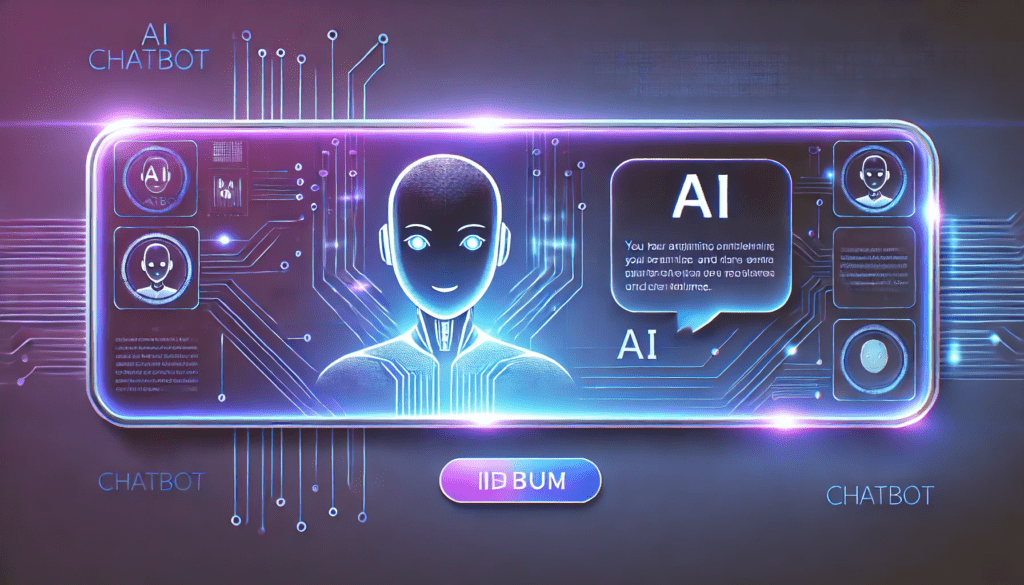Technology continues to change the way we interact with the world, and one of the most noticeable advancements is the rise of Conversational AI. This technology allows machines to communicate with humans in a natural, interactive way. Whether it is chatbots, voice assistants, or customer service automation, Conversational AI has become an integral part of daily life.
In simple terms, Conversational AI refers to the technology that enables computers to engage in meaningful conversations with people. It is designed to process language, interpret context, and generate appropriate responses. Businesses and individuals alike benefit from these systems as they provide instant support and automate routine interactions.
How Conversational AI Works
Conversational AI operates through a combination of artificial intelligence, machine learning, and natural language processing (NLP). It goes beyond basic chatbots that rely on predefined responses and instead adapts based on user interactions.
Natural Language Processing (NLP)
NLP is at the core of Conversational AI. It allows machines to interpret human language, break down sentences, and determine the meaning behind words. Through techniques such as sentiment analysis, entity recognition, and syntax processing, Conversational AI can understand different tones and contexts.
Machine Learning (ML) and AI Models
These systems improve over time by analyzing large amounts of data. Machine learning algorithms help Conversational AI predict responses more accurately. AI models, particularly neural networks, assist in making the responses more human-like.
Speech Recognition and Text-to-Speech
For voice-based AI, speech recognition converts spoken words into text, while text-to-speech technology converts responses back into spoken language. This enables devices like smart assistants to respond effectively in real time.
Common Applications of Conversational AI
Conversational AI is widely used across different industries. Some of the most common applications include:
Customer Support
Many businesses use AI-powered chatbots to assist customers. These bots handle common queries, troubleshoot problems, and reduce wait times. While they may not replace human agents completely, they serve as an initial point of contact for many users.
Virtual Assistants
Devices like Amazon Alexa, Google Assistant, and Apple’s Siri rely on Conversational AI to understand commands and execute tasks. They provide weather updates, control smart home devices, and even set reminders.
Healthcare Chatbots
In the healthcare industry, AI-driven chatbots help patients book appointments, get basic medical advice, and monitor symptoms. These tools contribute to better patient engagement and faster response times.
E-Commerce and Sales
Online businesses integrate Conversational AI into their platforms to assist with product recommendations, order tracking, and customer inquiries. In this way, users receive real-time assistance while shopping.
Financial Services
Banks and financial institutions use AI chatbots to provide account information, transaction details, and fraud detection alerts. These automated interactions improve service efficiency and security.
The Difference Between Conversational AI and Traditional Chatbots
Conversational AI differs from traditional chatbots in several ways. Traditional chatbots operate on rule-based logic and predefined responses. If a user asks something outside the scope of their programming, the bot fails to respond effectively. In contrast, Conversational AI adapts to various inputs, recognizes context, and generates dynamic responses.
For instance, when a user interacts with Milf AI Chat, they might expect responses that are contextually appropriate and personalized. Conversational AI helps in achieving this by analyzing past interactions and refining responses accordingly.
Benefits and Challenges of Conversational AI
Benefits
- 24/7 Availability: Unlike human agents, AI-powered systems do not require breaks. They can handle queries at any time of the day.
- Cost Efficiency: Businesses reduce operational costs by automating customer support and other routine tasks.
- Faster Response Times: AI-driven solutions process information quickly, reducing waiting periods for users.
- Personalized Experiences: AI can tailor responses based on previous interactions, making conversations more engaging.
Challenges
- Language Limitations: While AI understands many languages, it may struggle with dialects and slang.
- Emotional Intelligence: Machines lack emotional depth, making it difficult to handle highly sensitive situations.
- Privacy Concerns: Data security is a major issue, as AI systems often process personal and confidential information.
The Future of Conversational AI
With advancements in AI, Conversational AI is expected to become even more sophisticated. Companies continue to integrate All AI Tools into their platforms to improve efficiency and enhance user experience. As voice recognition, NLP, and AI models evolve, interactions will feel even more natural and seamless.
Eventually, these systems may develop a better grasp of human emotions, allowing them to interact more empathetically. They could also become smarter in handling complex tasks, making them useful in areas such as education, law, and entertainment.
Conclusion
Conversational AI has transformed the way people interact with technology. From customer service to virtual assistants, this technology continues to improve various aspects of daily life. While challenges remain, ongoing advancements in AI, NLP, and machine learning promise a future where human-machine interactions feel more natural. As these systems evolve, businesses and individuals will find more ways to integrate them into their workflows, making communication more efficient and accessible.











































